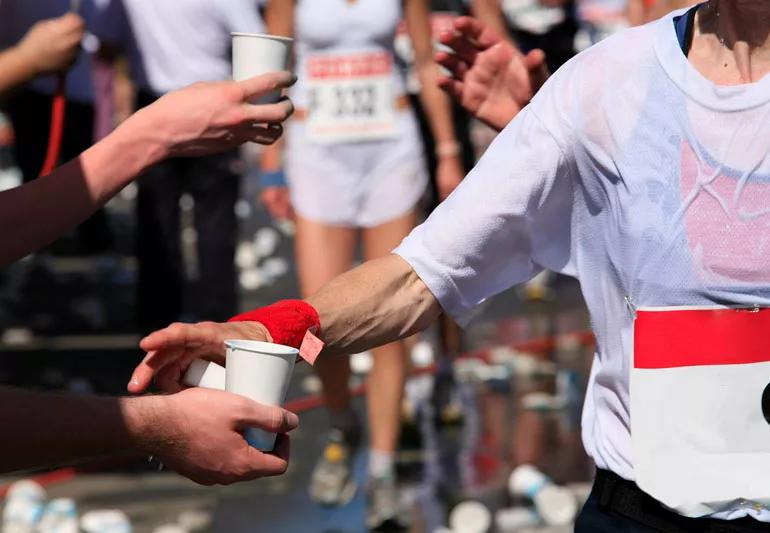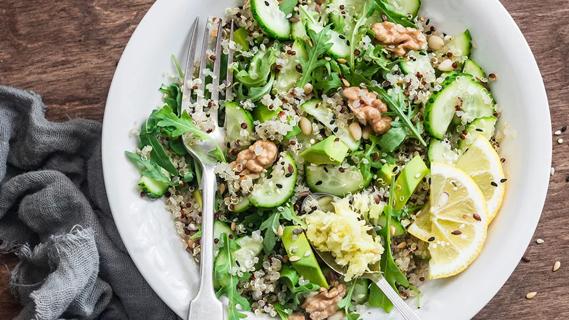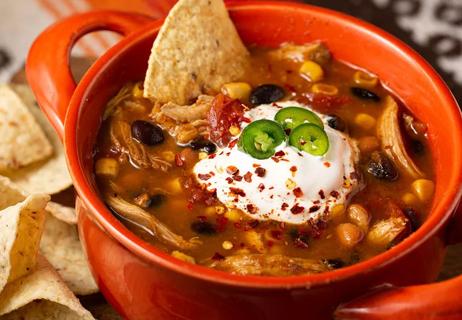Before, during + after nutrition tips

Figuring out exactly what your nutrition needs are when you’re training hard and logging so many miles can be difficult.
Advertisement
Cleveland Clinic is a non-profit academic medical center. Advertising on our site helps support our mission. We do not endorse non-Cleveland Clinic products or services. Policy
That’s complicated even further by the fact that many marathoners find they gain weight when they train because their hunger levels shoot up fast.
If this applies to you, wellness expert Michael Roizen, MD, recommends adding more protein to your diet and spacing out meals with a couple of healthy snacks (think almonds and fruit).
As you get closer to race day, thinking about your nutrition is even more important. You have to prepare your body for the intensity of covering 26.2 miles.
Here’s what he recommends eating for performing your best:
Two weeks out – Start hydrating by drinking more water and adding more complex carbohydrates, like whole-grain foods and vegetables to your diet.
Three days before the race – Complex carbohydrates should make up about 70% of your diet, fat 20% and protein 10%.
The night before the race – No new foods! Stay as bland as possible to avoid any gastrointestinal distress. A little grilled chicken, whole grains and veggies are great. Water, water, water.
Three hours before the race – A healthy breakfast of 800 to 1,200 calories will give you energy stores that last. Try oatmeal, a whole-grain bagel or nonfat yogurt. Drink plenty of water and skip the fatty foods, which can aggravate your stomach. Drink coffee if you’re used to it, but don’t go overboard ― or else you may be spending more time in the Port-O-Potties than on the road.
Advertisement
During the race – Keep drinking water, but also add a sports drink that replenishes the electrolytes, sodium and potassium you will burn after the first hour and a half. Energy gels are fine (provided you have trained with them and know they won’t upset your stomach).
After the race – More sports drink to replace lost nutrients. Also make sure to have something light to replace blood sugar levels, like fruit or whole-grain pretzels, and some of that lean protein.
This article was adapted from the best-selling book “What to Eat When” by Michael F. Roizen, MD, and Micheal Crupain, MD, MPH with Ted Spiker (©2018 National Geographic Books)
Advertisement
Learn more about our editorial process.
Advertisement

Months of preparation go into readying your body to run 26.2 miles

When it comes to getting proper nutrition, your assigned sex can play a role — but there’s more to it than that

It has nutrients your body needs, but it also comes with some serious health risks

Despite what you may have heard, pork is actually red meat (and it comes with the same risks as other red meats)

Ground flaxseed is full of heart-healthy omega-3s, antioxidants and fiber, and easy to add to just about any recipe

From meat to beans, we’ve got some ideas to help you create the perfect-for-you chili recipe

Be sure to check the labels of common foods like canned tuna, bread, hot dogs and chocolate

A low-FODMAP elimination diet can help identify your symptoms

Type 2 diabetes isn’t inevitable with these dietary changes

Applying a hot or cold compress can help with pain